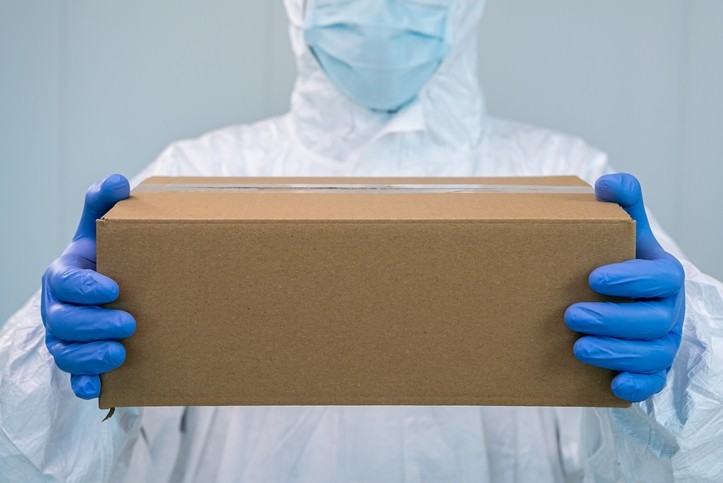Ending the refrigeration of vaccines? New technique could remove need for cold chain logistics

Researchers at Australia’s national science agency, CSIRO, have developed a techniquethat protects vaccines at temperatures of up to 37 degrees Celsius: addressing thechallenge of transporting vaccines to rural communities.
The researchers encapsulated live virus vaccines with a dissolvable crystalline material called MOFs (metalorganic frameworks), which has been shown to protect the integrity of vaccines for up to 12 weeks at 37degrees (such vaccines, without refrigeration, would normally only last a few days).
The approach could help vaccines reach remote towns in Australia as well as in developingcountries. CSIRO scientists are now looking at proving the approach for other animal and human vaccines, including mRNA vaccines. The World Health Organization estimates that at least 50% of vaccines are wasted globally each year, with a lack of facilities and temperature control the major cause.
There are two common approaches to protecting vaccines from heat. The first is modifying the vaccine, which is a complex and laborious process which may still only result in limited shelf life at high temperatures. The second is to look at stabilizing agents, but this can still pose challenges on how to scaleup The researchers say their ‘world-first’ approach of stabilizing vaccines with MOFs is simple, rapid, scalableand cost-effective.
In their study published in Acta Biomateriala, they focused on two different types of live viruses as proofs ofconcept: a Newcastle Disease vaccine designed to protect poultry and a strain of Influenza A.
When MOFs were formed around the vaccines they helped protect the vaccine molecules from heat stress:with the porous crystalline materials effectively creating a ‘scaffold’ around the vaccine. A solution wasthen used that dissolved the MOF for administration of the vaccine. The research compared three NDV vaccines versions: a control NDV vaccine; a novel trehalose (T) andskim milk (SM), stabilized freeze-dried MOF vaccine, ZIF-8@NDV+T/SM; and a non-encapsulated,freeze-dried NDV+T/SM composite.
Over a 12 week period, the vaccines were kept at 4 degrees, room temperature, and 37 degrees.
The control NDV vaccine lost all viability at room temperature by 12 weeks and 37 degrees by fourweeks. Comparing the freeze-fried counterparts the MOF encapsulated ZIF-8@NDV+T/SMdemonstrated ‘significant enhancement in stability’ of the NDV+T/SM composite especially at RTand 37 °C up to 12 weeks.
MOFs are a class of porous materials formed by the co-ordination of metal ions and organic bridgingligands, making an open, ordered and continuous network. Biomimetic-mineralization is a self-assemblyprocess, in which MOFs can grow on biological materials and living organisms.
MOFs have been widely investigated as biomimetic coatings for carbohydrates, amino acids, proteins, andeven cells. Importantly, the MOF coatings are shown to enhance the thermal and chemical stability of theencapsulated biomolecules in challenging environments. Recently, MOFs have been deployed for advancement in the field of immunology. Proof-of-concept studieshave also shown the feasibility and promising potential of MOFs for model subunit and whole pathogenvaccine advancement. “In our pioneering work, we have validated the concept by demonstrating MOF biomimetic mineralization of acommercial live viral vaccine, providing it with remarkable stability while maintaining its ability to replicate andtherefore induce immunity,” note the researchers in the study.
Source: Biopharma-Reporter